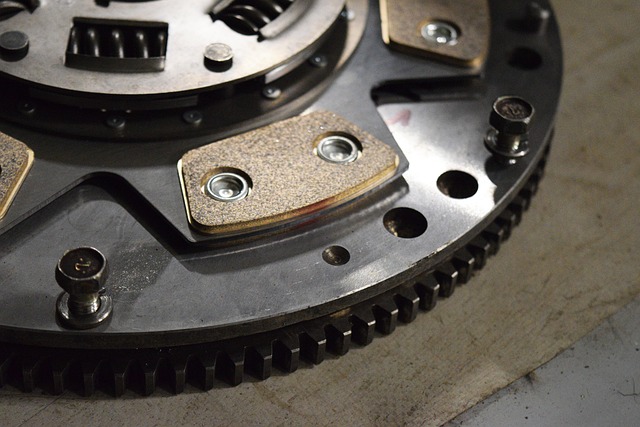Hardware replacements, focusing on upgrades to CPUs, RAM, SSDs/HDDs, GPUs, and PSUs, are vital for optimizing computer performance and ensuring compatibility with new software. Regular updates are necessary to avoid system slowdowns, crashes, and obsolescence in today's digital era. Skilled professionals use advanced tools to diagnose issues and perform precise hardware replacements, enhancing user experience and system reliability, especially as technology advances and users face challenges like slow speeds, crashes, and component failures.
In today’s digital landscape, reliable hardware is paramount for seamless computing experiences. When issues arise, understanding hardware replacements becomes crucial for modern computing efficiency. Common problems like slow performance, system crashes, or faulty components often necessitate upgrades.
This article explores the art of computer diagnostics, focusing on Leander’s innovative approach to identifying and fixing hardware glitches. We’ll delve into their secret simple repair methods, revealing how they offer efficient, cost-effective solutions without compromising user-friendliness, as evidenced by satisfied client testimonials.
- Understanding Hardware Upgrades and Replacements
- – Definition and importance in modern computing
- – Common issues leading to hardware upgrades
Understanding Hardware Upgrades and Replacements

When considering computer repair, understanding hardware upgrades and replacements is key to optimizing your device’s performance. These processes involve swapping out outdated or underperforming components with newer, more efficient ones. Common hardware replacement areas include processors (CPUs), memory (RAM), storage drives (SSD/HDD), graphics cards (GPUs), and power supplies (PSUs). Each component plays a vital role in how smoothly your computer operates.
For instance, upgrading your CPU can significantly boost processing speed, while adding more RAM allows your system to handle multiple tasks simultaneously without lag. Replacing an outdated storage drive with an SSD can dramatically accelerate data access times, enhancing overall responsiveness. Keeping hardware up-to-date not only improves performance but also ensures compatibility with the latest software and technologies.
– Definition and importance in modern computing

In today’s digital age, hardware replacements are an essential aspect of computer maintenance and repair. With technology constantly evolving, older components can become outdated or fail altogether, leading to performance issues and potential system crashes. The ability to identify and replace faulty hardware is crucial for keeping devices running smoothly and efficiently. This process involves a comprehensive understanding of the various components that make up a computer, such as processors, memory modules, storage drives, and graphics cards.
Effective hardware replacement diagnostics are vital for ensuring optimal computer performance and longevity. It allows users to stay current with technological advancements while extending the life of their machines. Professional repair services leverage advanced tools and expertise to accurately assess issues, recommend suitable upgrades, and perform precise replacements, ultimately enhancing the user experience and system reliability in a world increasingly dependent on efficient and up-to-date computing power.
– Common issues leading to hardware upgrades

Many computer users often find themselves facing similar hardware-related challenges that prompt them to consider upgrades or replacements. One of the primary reasons for such decisions is performance issues. Slow processing speeds, frequent system crashes, and poor overall responsiveness can significantly impact a user’s productivity and experience. These problems are often attributed to outdated or insufficient hardware components, such as CPUs, memory (RAM), or storage drives.
Another common issue leading to hardware upgrades is component failure. Over time, parts like hard disk drives (HDDs) or solid-state drives (SSDs), motherboards, and power supplies can malfunction due to various factors, including age, environmental conditions, and excessive usage. When these failures occur, they can cause system instability, data loss, or even render the computer completely unusable, prompting users to seek hardware replacement solutions.
In today’s digital landscape, efficient computer repair and hardware replacements are essential for seamless operations. By understanding common issues and leveraging comprehensive diagnostics, Leander offers effective solutions for hardware upgrades. These strategies not only enhance performance but also ensure longevity in an ever-evolving technological world, making it a reliable partner for all your computing needs.
